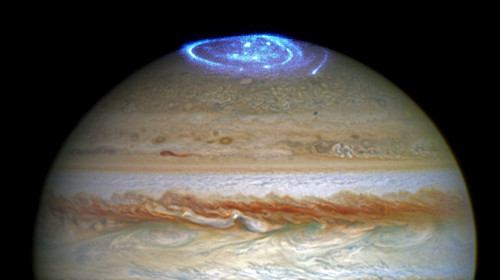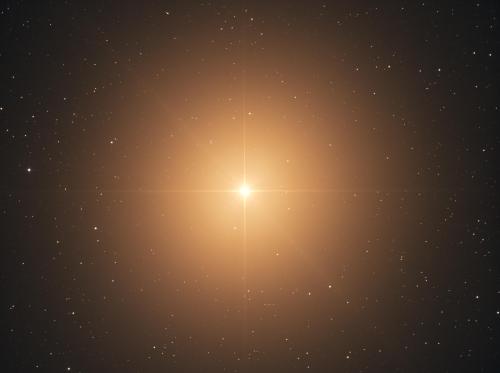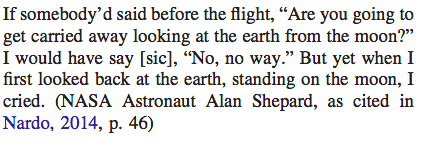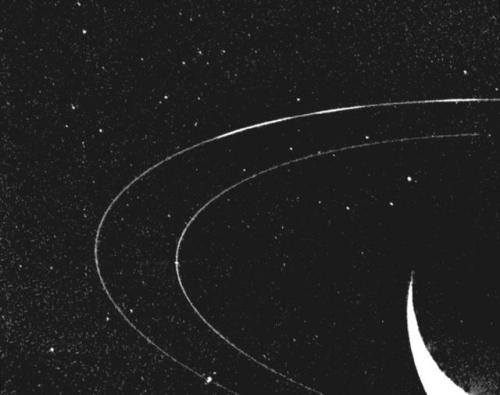Like Earth, Jupiter Is Home To Polar Auroras That Light The Sky As Charged Particles Interact With The

Like Earth, Jupiter is home to polar auroras that light the sky as charged particles interact with the planet’s magnetosphere. A recent paper identifies interesting features in the aurora that appear similar to expanding vortex rings.(Image credit: Jupiter - NASA, ESA, and J. Nichols, aurora features - NASA/SWRI/JPL-Caltech/SwRI/V. Hue/G. R. Gladstone/B. Bonfond; research credit: V. Hue et al.; via Gizmodo)
More Posts from Sidusglacies and Others


Planetary Satellites (1977)

Peter Goodfellow

Betelgeuse is still there, but had to check

I am merely on this earth, not of it.
Polar Vortex Disruption Of January 2013
Satellite imagery of the disruption of the polar vortex in the northern hemisphere winter 2012-2013. The data show a major stratospheric sudden warming (SSW) event, linked to the distortion and reversal of the normal westerly (moving west to east) flow of air.
The large vortex (bright) over the North Atlantic Ocean at the start of the clip breaks up into several smaller vortices. This is due to air from lower latitudes (dark) becoming entrained in the polar flow, forming an anti-cyclonic region (dark, rotating clockwise) over Japan and eastern Russia, which disrupts the flow across the region.
Learn More About The Polar Vortex
Although dramatic, such events are not rare, occurring every two years on average. They can cause winds to reverse near the surface too, leading to very cold spells, especially in North America and Europe.
The brightness indicates the potential vorticity of the air, a measure of its rotation within its flow, at an altitude of 35 kilometers. Brighter regions have more vorticity.
A major SSW occurs when the temperatures in the stratosphere around the pole increases by at least 25 Kelvin within a week, causing the wind to change direction.
The data were gathered by the GEOS-5 satellite every hour between 15th December 2012 and 28th January 2013.
© GMAO / GSFC / NASA / Science Source



Astronauts talking about viewing the earth from the moon, from The Overview Effect: Awe and Self-Transcendent Experience in Space Flight

Image of the rings of Neptune captured by the space probe voyager 2 in August 1989.
Credit: NASA/JPL
-
 4rdr4 reblogged this · 2 years ago
4rdr4 reblogged this · 2 years ago -
 calypsomode liked this · 2 years ago
calypsomode liked this · 2 years ago -
 31n13 reblogged this · 2 years ago
31n13 reblogged this · 2 years ago -
 titania-saturnine liked this · 3 years ago
titania-saturnine liked this · 3 years ago -
 thegomezaddams liked this · 3 years ago
thegomezaddams liked this · 3 years ago -
 sadangeltears liked this · 3 years ago
sadangeltears liked this · 3 years ago -
 sheliesshattered reblogged this · 3 years ago
sheliesshattered reblogged this · 3 years ago -
 cryin444u reblogged this · 3 years ago
cryin444u reblogged this · 3 years ago -
 i432hz reblogged this · 3 years ago
i432hz reblogged this · 3 years ago -
 i432hz liked this · 3 years ago
i432hz liked this · 3 years ago -
 despovoador liked this · 3 years ago
despovoador liked this · 3 years ago -
 sensory-organ reblogged this · 3 years ago
sensory-organ reblogged this · 3 years ago -
 ultrarastaprincessme liked this · 3 years ago
ultrarastaprincessme liked this · 3 years ago -
 exhaustedempath reblogged this · 3 years ago
exhaustedempath reblogged this · 3 years ago -
 faun888 reblogged this · 3 years ago
faun888 reblogged this · 3 years ago -
 faun888 liked this · 3 years ago
faun888 liked this · 3 years ago -
 nommads liked this · 3 years ago
nommads liked this · 3 years ago -
 juanfl94 reblogged this · 3 years ago
juanfl94 reblogged this · 3 years ago -
 juanfl94 liked this · 3 years ago
juanfl94 liked this · 3 years ago -
 so-low-solo liked this · 3 years ago
so-low-solo liked this · 3 years ago -
 sheliesshattered liked this · 3 years ago
sheliesshattered liked this · 3 years ago -
 ascencdedced liked this · 3 years ago
ascencdedced liked this · 3 years ago -
 seafoamreadings reblogged this · 3 years ago
seafoamreadings reblogged this · 3 years ago -
 ashflamethewaffleangel liked this · 3 years ago
ashflamethewaffleangel liked this · 3 years ago -
 thomasbrisenio liked this · 3 years ago
thomasbrisenio liked this · 3 years ago -
 defness2electricboogaloo liked this · 3 years ago
defness2electricboogaloo liked this · 3 years ago -
 freezinglemur liked this · 3 years ago
freezinglemur liked this · 3 years ago -
 starstruck-shadow reblogged this · 3 years ago
starstruck-shadow reblogged this · 3 years ago -
 whoreofafrica liked this · 3 years ago
whoreofafrica liked this · 3 years ago -
 quagmatv reblogged this · 3 years ago
quagmatv reblogged this · 3 years ago -
 emotionalmilkshake liked this · 3 years ago
emotionalmilkshake liked this · 3 years ago -
 maytheskitty reblogged this · 3 years ago
maytheskitty reblogged this · 3 years ago -
 janzoo liked this · 3 years ago
janzoo liked this · 3 years ago -
 canolacrush reblogged this · 3 years ago
canolacrush reblogged this · 3 years ago -
 ladyprydian liked this · 3 years ago
ladyprydian liked this · 3 years ago -
 ladyprydian reblogged this · 3 years ago
ladyprydian reblogged this · 3 years ago -
 jlrpuck reblogged this · 3 years ago
jlrpuck reblogged this · 3 years ago -
 faithfullyfalse liked this · 3 years ago
faithfullyfalse liked this · 3 years ago -
 oh-nostalgiaa liked this · 3 years ago
oh-nostalgiaa liked this · 3 years ago -
 allatariel liked this · 3 years ago
allatariel liked this · 3 years ago -
 nibblessnarf reblogged this · 3 years ago
nibblessnarf reblogged this · 3 years ago -
 nonableistcatlady liked this · 3 years ago
nonableistcatlady liked this · 3 years ago
